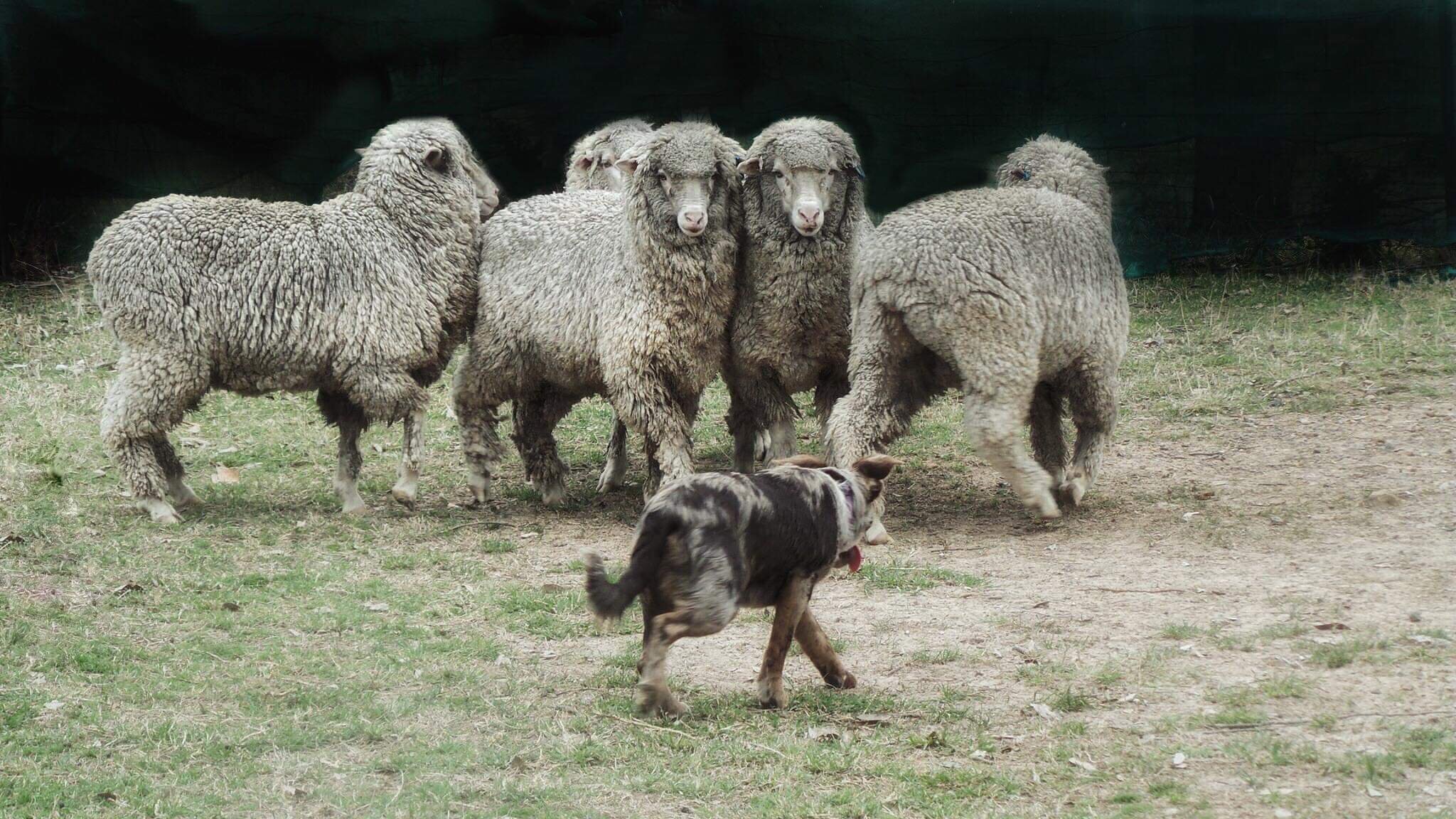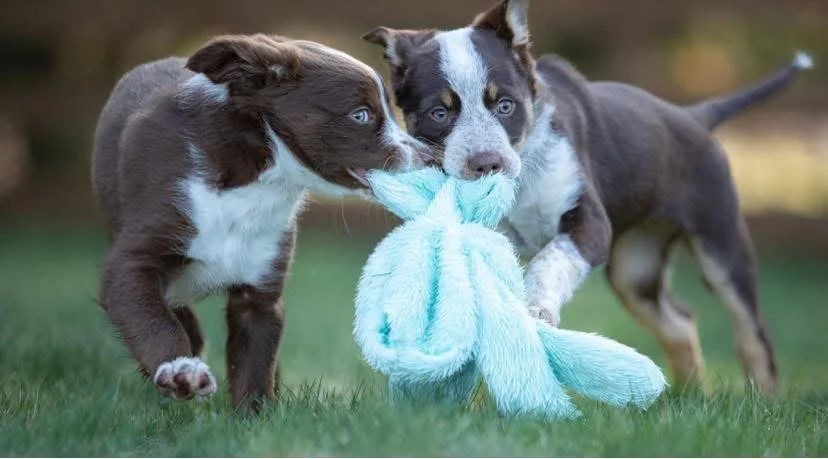THE WORKING KOOLIE ASSOCIATION OF AUSTRALIA INC.
Welcome to our site dedicated to the wonderful Working Koolie.
The Working Koolie Association of Australia has grown into an internationally recognised association with members in Europe, Canada, and America.
Dogs registered with the Working Koolie Association of Australia are excelling in all disciplines. Worldwide, these dogs have generations of stock working lines, agility, search and rescue and assistance dogs, as well as competing well in flyball and obedience.









Origin of the Working Koolie
In 1776 John and Elizabeth Macarthur imported some merino sheep to their property at Camden NSW. By 1825 their flocks had grown so large and with little to no fencing on the property they decided to import a German sheep herder by the name of Joseph Pabts.
Joseph arrived by ship with a large number of merle colored sheep working dogs to manage their flock. These dogs were the first stock working dogs to set foot on Australian soil. This importance can be found at Belgenny Farm Camden NSW.
The following has been taken from family tree books loaned to me over the last 50-odd years. The first German settlers arrived in South Australia in 1838 and some took up land grants around the Barossa Valley. The first sheep to be imported arrived in the 1850s, and with them came German merle stock working dogs, there was practically no fencing and very few yards for night containment. These dogs had to mind the sheep while grazing during the day and guard them by night from predators.
In the 1860s a huge number of German farmers and tradesmen took up residence in the Hunter Valley of New South Wales. Some took up larger grants along the Great Dividing Range, which was steep and heavily timbered land suitable for only cattle. The first cattle to arrive came from Germany in 1886 where they were unloaded at Karuah and driven through unfenced virgin Bush some 80 kilometers to a German settler near Dungog. With them came merle German working dogs. The cattle could never have arrived at their destination without the help of the dogs, which they called Tigers (pronounced ‘TIGGERS’).
Many more shipments arrived up to the early 1900s, and with each shipment came more dogs from Germany, and all dogs remained with the cattle in the Valley. The first Koolie arrived in WA in 1906 from the German sheep herders crossing at the border into Western Australia. They had grazing flocks of sheep with two herders and approximately 20 dogs per flock when SA was experiencing a large drought.
~ Enid Clark
Photo Competition
Starting January 2024, WKAA will be running a facebook photo competition every second month of the year. To enter you must be a current financial member with WKAA. Head to our facebook page ‘Working Koolie Association Australia’ to find the most recent competition thread and rules.
January Category: ‘Koolies at Work' Winner: Hunterslea Cade Owned by: Kate & Brett Thomas
March Category: ‘Koolies with other Species' Winner: Hunterslea Meg Owned by: Enid Clark
May Category: ‘Koolies at Home' Winner: Hunterslea Flo Owned by: Narelle & Robert Worth
July Category: ‘Next Generation' Winner: Kovac Koolies Litter Owned by: Tanita Bruce
October Category: ‘Koolies With Children' Winner: Charm Owned by: Tanita Bruce
October Category: ‘The Next Generation' Winner: Kovac Koolie Pups Owned by: Tanita Bruce









